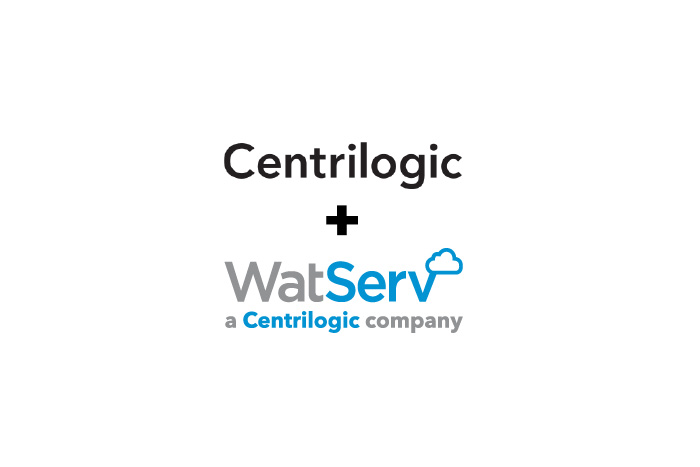Embracing A New Normal For Network Security
Dave Lacey, CEO
April 28, 2021
My colleague Randy Mizzoni recently published a great article focused on cloud management and cloud security. It is one of the most common questions I hear when I’m speaking to our clients as well as those who are simply considering cloud-based environments and the related security implications.
Randy’s article featured some detailed information that helps to quantify the risk. Almost half the organizations featured in this research (43.9%) have internet-facing workloads containing confidential information and user credentials. Additionally, 77.2% of organizations have 10% or more of their internal workloads in a neglected security state-meaning the Operating System is unsupported or unpatched.
This made me think: Perhaps we should take a broader security approach and not simply focus on cloud management as security alone.
Most similar research emphasizes a primary focus on cloud security, but I believe there should not be any distinction. The discussion should encompass the entire corporate technology security spectrum as the cloud management system. A broader vision that embraces both cloud and legacy systems is closer to reality for most organizations.
Some organizations still have a legacy environment and very little to no cloud storage or applications. They are using legacy security tools and focusing almost exclusively on the perimeter of the organization. Some are using cloud-based apps, but still managing their network with legacy tools. Others are now trying to determine how to safely manage all those work-from-home laptops that are no longer protected by the office network.
However your business is structured, it requires security and the ability to evolve and adapt to new requirements – such as your entire workforce suddenly being distributed all over the country.
This is about to become a major issue for executives across all industries. When the pandemic lockdowns started a year ago, many felt that this was a temporary change to their business. Many professionals left their office and fully expected to be back again by Easter 2020. Now we are a year down the line and vaccines are being delivered, but returning to any kind of business normality is hard to plan for. Nobody really knows when the virus will be sufficiently mitigated for us to no longer worry about the normal social behavior we took for granted in the past.
Security breaches are ongoing. The most recent example includes the software that many airlines use to manage their loyalty systems. Over two million customers have recently had their personal details hacked, with Lufthansa being the worst affected individual airline – around 1.3 million of their customers have been compromised.
The volume of publicly declared data breaches fell in 2020, but the amount of data comprised actually increased by 141%. There could be many different explanations for this. Executives sometimes try to cover up a data breach because of the severe consequences to corporate brand reputation. Companies are also gathering and storing more data as analytics becomes a useful way to create a more personalized service to customers. The pandemic itself may also have influenced these results.
What does this all mean?
In short, security breaches are increasing at a time when many organizations are migrating to a completely new distributed workforce operating model. Executives naturally need to embrace many more cloud principles to function effectively when supporting a distributed team so cloud security becomes increasingly important, but a broader focus on security is even more important.
Research published in TechRepublic last June suggested that almost half (48%) of employees are less likely to follow safe data practices when working from home. This is shocking, but true. When employees are unsupervised, security standards can slip, so you really need to build a culture of security and awareness into the working practices of your team, but also accept that this distributed workforce is now here for the long haul. Start building the permanent change your network requires so you can design a new normal that is secure for your business and your customer data.
WatServ demonstrates best-in-class capability and market leadership through proven technology and customer commitment.
About
WatServ is an IT solutions provider that helps organizations digitally transform through cloud technologies and managed services.
Serving clients as a trusted advisor since 2006, WatServ provides experience-tested, strategic solutions across all stages of the digital transformation journey. Clients choose WatServ to migrate infrastructure and applications to the cloud, secure critical data, implement disaster recovery, deploy virtual desktop, enable data-readiness for productivity solutions and manage IT environments.
Our clients span a broad range of industries, and we’re a global supplier of IT services for many Brookfield Portfolio Companies. To help our mid-size clients, we provide scalable offerings that simplify cloud adoption and drive business optimization. For enterprise clients, we co-create cloud solutions that enable stability and efficiency for complex IT tools and processes.
With more than 15 years of experience, WatServ has a track record of delivering quantifiable business results and a superior client experience. Ranked as one of Canada’s Top 100 Solution Providers for the last three years in a row, WatServ is always on.

